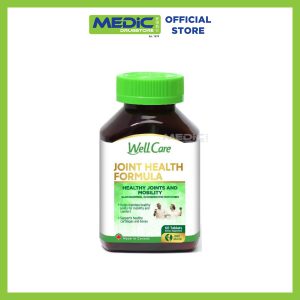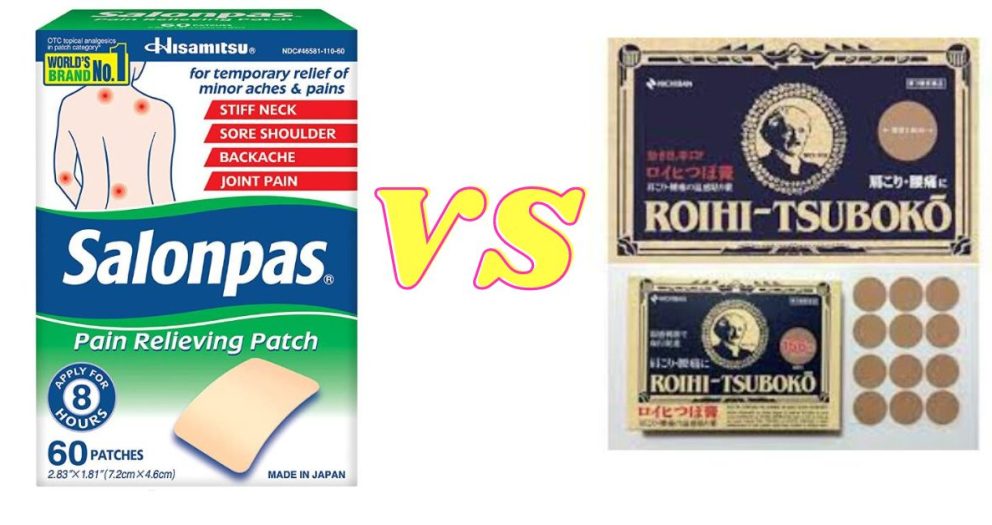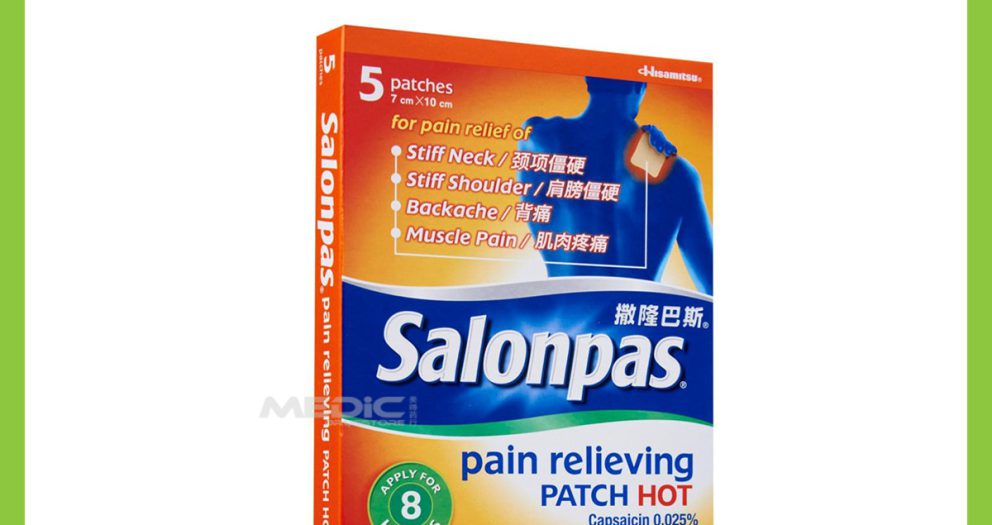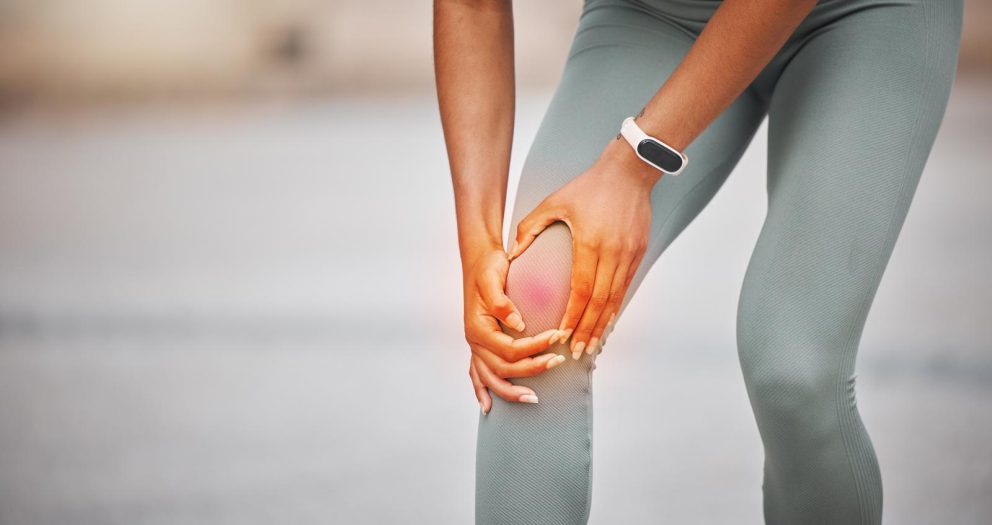Knee joint pain is a common issue that affects millions of people around the world. But did you know that there’s a simple solution to keep your knees pain-free and healthy? By lubricating your knee joints, you can prevent wear and tear, reduce pain, and improve your mobility.
You may be thinking, “How do I lubricate my knee joints?” Don’t worry, it’s easier than you might think. There are several simple, yet effective ways to keep your knee joints lubricated, including dietary changes, exercise, topical treatments, and supplements.
However, before you start lubricating your knee joints, it’s important to understand the causes of knee joint lubrication problems and the precautions you need to take. Some common causes include aging, overuse, and arthritis, and certain treatments may have side effects or interact with other medications.
So, are you ready to learn how to lubricate your knee joints and say goodbye to knee pain for good? Keep reading to find out!
Understanding Knee Joint Lubrication
Lubricating your knee joints is all about keeping them healthy and functioning smoothly. It’s kind of like oiling a machine to prevent rust and wear. Your knee joints have a special fluid called synovial fluid, which acts as a lubricant to reduce friction between the bones and cartilage.
The idea behind lubricating your knee joints is to make sure that this synovial fluid is flowing properly and doing its job.
When you have proper lubrication, it reduces the wear and tear on your knee joint, helps prevent pain and injury, and can even improve your mobility. So, it’s definitely worth considering if you’re dealing with knee pain or just want to take care of your joints.
Common Causes of Knee Joint Lubrication Problems
So let’s talk about what can cause knee joint lubrication problems. There are a few common culprits that can lead to dry, achy knees.
Aging
First off, aging can take a toll on our joints, and knee joints are no exception. As we get older, our synovial fluid can start to break down and become less effective at lubricating our joints.
Overuse
Another big factor is overuse. If you’re an athlete or just someone who’s always on the go, your knee joints can take a beating and cause wear and tear on the synovial fluid.
Arthritis
And finally, arthritis can be a big culprit too. This condition can cause inflammation in the joints, which can lead to a decrease in synovial fluid and result in dry, painful knee joints.
So, it’s important to keep an eye out for these potential causes of knee joint lubrication problems, so you can nip them in the bud and keep your knees happy and healthy.
How to Lubricate Your Knee Joints
Now that we know what can cause knee joint lubrication problems, let’s talk about how we can lubricate our knee joints. There are several ways to keep your knees in tip-top shape.
Diet And Nutrition
First up, diet and nutrition play a big role in joint health. Eating foods that are high in anti-inflammatory properties, such as omega-3 fatty acids found in fish and nuts, can help reduce knee pain and improve lubrication.
Exercise and physical therapy
Exercise and physical therapy can also help keep your knee joints lubricated. Gentle exercises like cycling and swimming can improve circulation and bring synovial fluid to the joints. Physical therapy can also help to strengthen the muscles around your knee, reducing stress on the joint and improving lubrication.
Topical treatments
Topical treatments, such as creams and gels, can be applied directly to the knee to improve joint health. These treatments often contain ingredients like glucosamine and chondroitin, which are known to improve joint health and lubrication.
Supplements
Finally, there are supplements available that can help improve knee joint lubrication. Glucosamine and chondroitin are two popular options that are commonly used to support joint health and reduce pain.
So, as you can see, there are several ways to lubricate your knee joints. It’s important to remember that everyone is different, so what works for one person may not work for another. It’s always best to speak to your doctor or a healthcare professional before starting any new treatment or exercise program.
Precautions and Risks
So we’ve talked about how to lubricate your knee joints, but it’s also important to understand the precautions you need to take.
Seek A Professional
First and foremost, if you’re experiencing knee pain, it’s always best to speak to a doctor or healthcare professional before starting any new treatment or exercise program. They can help you determine the cause of your pain and recommend the best course of action.
Underlying Health Conditions
It’s also important to be mindful of any underlying health conditions you may have. Some treatments and exercises may not be appropriate if you have certain conditions, such as osteoporosis or arthritis.
It’s also a good idea to start slowly and gradually increase the intensity of your exercise or treatment. This can help prevent injury and ensure that your body has enough time to adjust to the new activity.
Side Effects
And finally, be mindful of any side effects you may experience with treatments or supplements. Some people may experience stomach upset, headaches, or other side effects, so it’s always best to speak to a doctor or healthcare professional if you have concerns.
In conclusion, lubricating your knee joints can be a simple and effective way to improve joint health, reduce pain, and improve mobility. However, it’s important to take the necessary precautions and speak to a healthcare professional to ensure you’re doing what’s best for your body.







